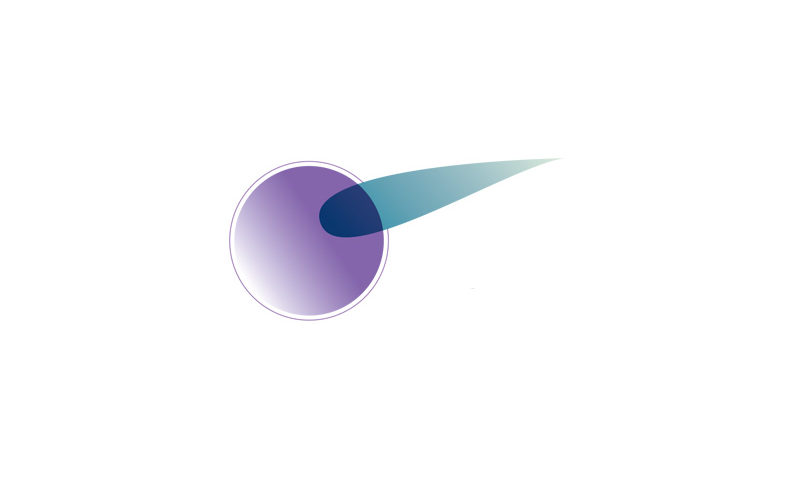Mammography or Ultrasound

Resting after IVF
January 15, 2014
Why dreams become reality!
February 19, 2014
We are often asked whether ultrasound is better than mammography and in which cases.
Mammography
It is the preferred method of examination as it depicts the whole of the mammary gland and moreover allows comparison with previous mammographies for any changes. Also, with mammography we can compare both breasts.
It is also the preferred method for women over 45 years old. The breast symptoms that create the need for a mammography are palpable nodules, που δημιουργούν την ανάγκη για μαστογραφία είναι οζίδια ψηλαφητά, mastalgia, nipple discharge. Women who show symptoms need the triple check: breast palpation, mammography and cytology or histologic examination.
Mammography radiation
Many women express fears concerning the radiation they receive if they perform an annual mammography. The radiation a woman receives is equivalent to the radiation one receives from the environment in a span of three months. (comparatively, radiation from an abdominal CT scan is equivalent to the radiation one receives from the environment in a span of three years).
Family history of breast cancer
These women should perform a mammography every 12-18 months from the age of 35 and not an ultrasound due to the sensitivity of the mammography. These women are also advised to check the existence of the BRCA1 and BRCA2 genes.
Breast ultrasound
It is a second line examination when there is a suspicious mass in the mammography. The ultrasound shows whether it is a solid mass or a cystic one. Unfortunately, the ultrasound cannot check all of the breast as good as the mammography. In young women over the age of 35, ultrasound is the preferred choice.
The use of ultrasound in these ages is better because: a) the breast’s increased density does not give a clear picture in mammography, b) the chance for breast cancer in this age is minimum and c) the ability to make a diagnosis is superior with the ultrasound. The ultrasound is also better at determining the size of the mass better than mammography. The ultrasound is also used for biopsies from the breast masses.
Ultrasound differential diagnosis:
a) the breast cyst can be simple or have content,
b) the abscess requires attention in a woman who does not breast feed because breast cancer give a similar image as an abscess,
c) breast fibroadenoma is at a 97% percentage outlined, homogenous, of an egg shape with its axis parallel to the skin. In the remaining 3%, it is a cancer, especially in women carriers of the BRCA1 gene and d) a cancer that may not show on the ultrasound because it is closer to the chest wall and not under the skin, is probable to show small calcifications or even have an acoustic shadow behind it. Beware surgical incision that give a similar image to cancer, lymphomas, diabetic mastopaphies (more rare)
Conclusions:
Α) Women over 50 must do a mammography once a year (if they start at 45 then every two years
Β) Mammography for examining women with symptoms or a family history in women over 35.
Γ) In women under 35 with symptoms, breast ultrasound is preferred.




